Non-Ischemic Cardiomyopathy Oakville
Non-Ischemic Cardiomyopathy
What is Non-ischemic Cardiomyopathy?
Non-ischemic cardiomyopathy is a categorization of cardiomyopathies that encompasses every type of cardiomyopathy, other than those caused by coronary artery disease (ischemic cardiomyopathy), hypertension, valvular heart disease or congenital heart disease. This can include dilated, hypertrophic and restrictive cardiomyopathies, whereby the heart can enlarge, thicken, or stiffen, respectively. There are many causes of non-ischemic cardiomyopathy, but inevitably, all will lead to the weakening of the heart muscle, making it more difficult for the heart to pump blood to the rest of the body.
Classification of Non-Ischemic Cardiomyopathies
The American Heart Association classifies cardiomyopathy as primary or secondary. In primary cardiomyopathy, the disease process is primarily affecting the heart. Secondary cardiomyopathy, describes disease-states in which cardiac involvement occurs as part of a systemic condition. There is overlap in some situations, as this classification system is not without its limitations.
Primary Cardiomyopathies can be either acquired, inherited, or a mix of both. This is important, because it impacts prognosis, and the management strategy. Inherited cardiomyopathies are caused by genetic abnormalities that affect the heart. Acquired cardiomyopathies are non-genetic causes of cardiomyopathies, attained from lifestyle and environmental exposures. The mixed category refers to those cardiomyopathies that have both a genetic and acquired etiology.
Primary Cardiomyopathy
Inherited
- Hypertrophic Cardiomyopathy
- Arrhythmogenic Right Ventricular Cardiomyopathy (ARVC)
- Non-Compaction Cardiomyopathy
- Infiltrative (Glycogen Storage) Cardiomyopathy
- Ion Channelopathy
- Conduction Defects
- Mitochondrial Myopathies
Mixed
- Dilated Cardiomyopathy
- Restrictive Cardiomyopathy
Acquired
- Myocarditis
- Stress-Induced Cardiomyopathy (Takotsubo’s)
- Rate Related Cardiomyopathy
- Peripartum Cardiomyopathy
Secondary Cardiomyopathies are defined as those cardiomyopathies that affect the heart, but are due to an extracardiovascular cause (originating outside of the heart). Furthermore, as some of these secondary causes can express themselves as a dilated cardiomyopathy (enlarged heart), or a restrictive cardiomyopathy (stiffened heart), there is much variability in how these secondary cardiomyopathies express themselves. Some common types of secondary cardiomyopathies, include amyloidosis, sarcoidosis, chemotherapy induced cardiomyopathy, and diabetic cardiomyopathies. Diagnostic evaluation and management is dependent upon the underlying disease process, removing the offending agents, and the management of heart failure.
What are the symptoms of Non-ischemic Cardiomyopathy?
Some people do not have any other symptoms. Others might experience:
- Shortness of breath and feeling congested
- Exercise intolerance – an inability to carry out daily activities due to fatigue or exhaustion
- Swelling in the legs, ankles and/or feet (edema)
- Cough (especially at night or when lying down)
- Abdominal bloating
- Weight gain
- Palpitations – fluttering sensation in the chest due to an arrhythmia
- Dizziness, lightheadedness, or fainting
How is Non-Ischemic Cardiomyopathy Managed?
The management of non-ischemic cardiomyopathy is a multi-pronged approach. Determining the etiology is important, as it has implications on overall prognosis. If possible, mitigating exposure to the offending agent is critical. Secondly, management by an Advanced Heart Failure Cardiologist is important, as these conditions typically require leadership and a coordinated oversight of medical, device and surgical therapeutic options.
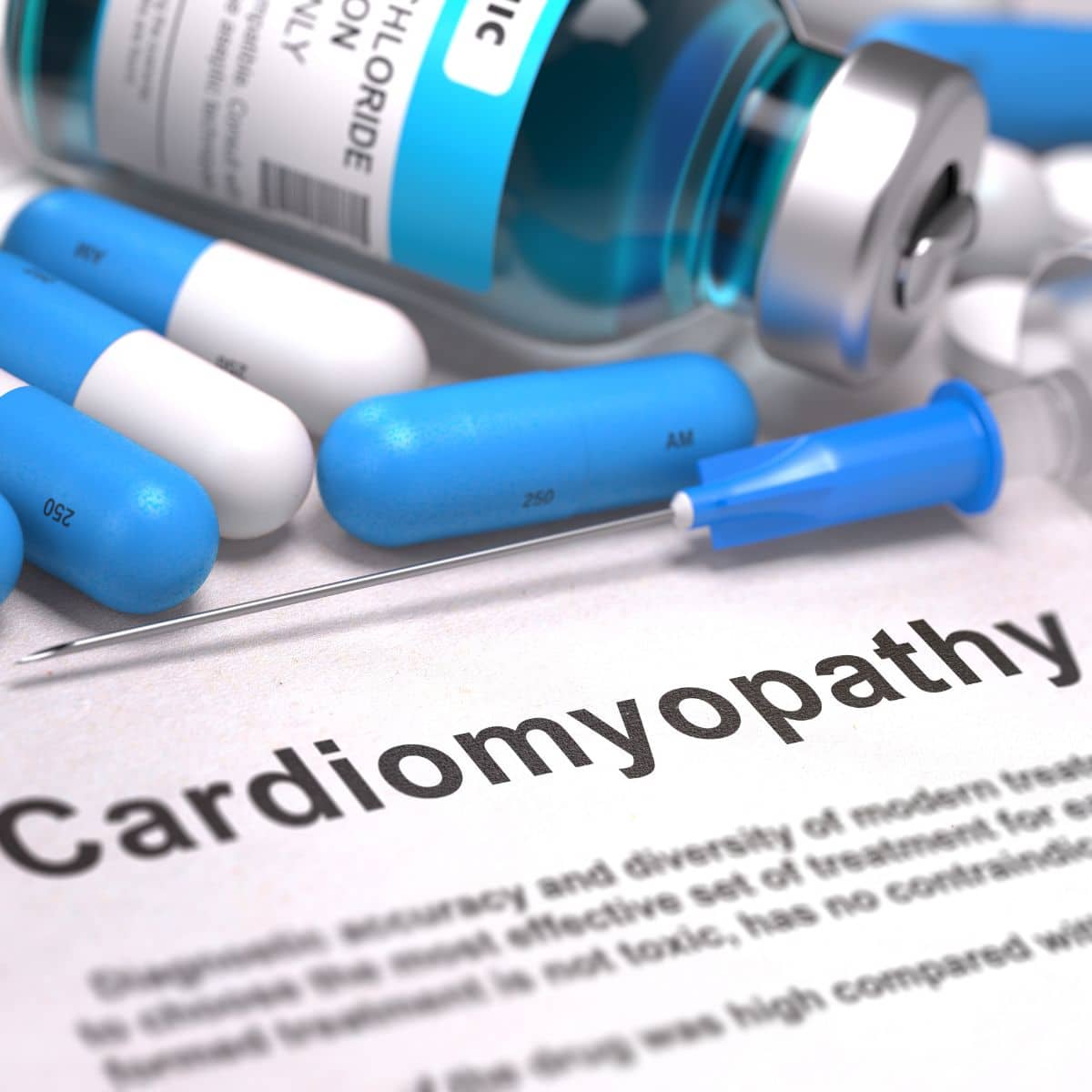
Medications
Medications have 2 Goals:
- Manage symptoms of heart failure
- Improve long term survival and pump function
Your Advanced Heart Failure Specialist may prescribe four medications that improve heart function, referred to as “Quadruple Therapy”.
These include:
- B-blocker – such as carvedilol
- An ACE-inhibitor/ARB/ARNI – such as Entresto®
- A Mineralocorticoid Inhibitor – such as spironolactone
- An SGLT2 inhibitor – such as dapagliflozin
You may also receive medications designed to make you feel better. These include diuretics, such as Furosemide.
Implantable Cardioverter-Defibrillator (ICD)
An Implantable Cardioverter-Defibrillator (ICD) monitors your heart rhythm for any dangerous rhythms originating in the lower chambers (ventricles) of the heart. These rhythms can lead to sudden death. An ICD detects these rhythms within seconds and delivers a shock (defibrillation) to restore the heart rhythm to normal (sinus rhythm).
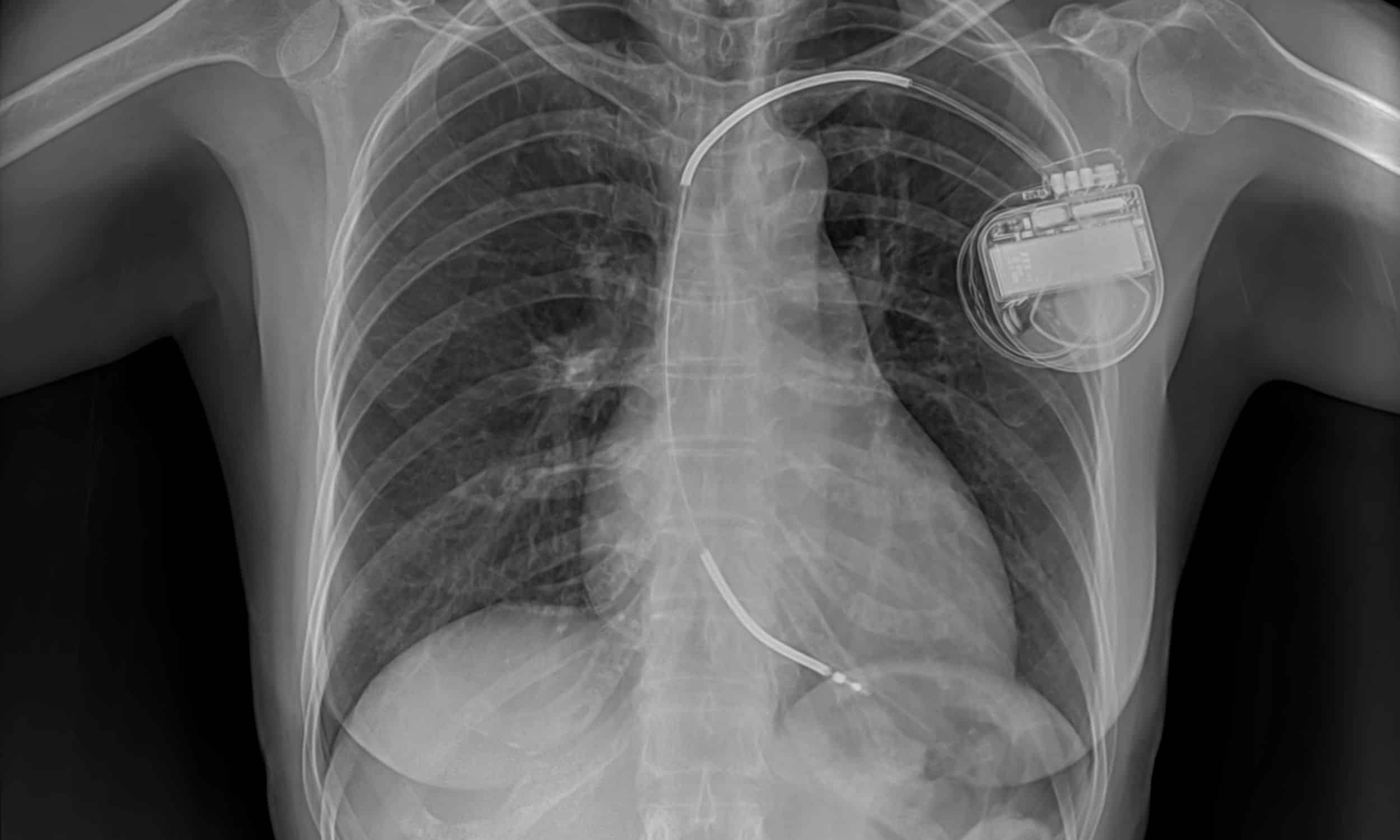
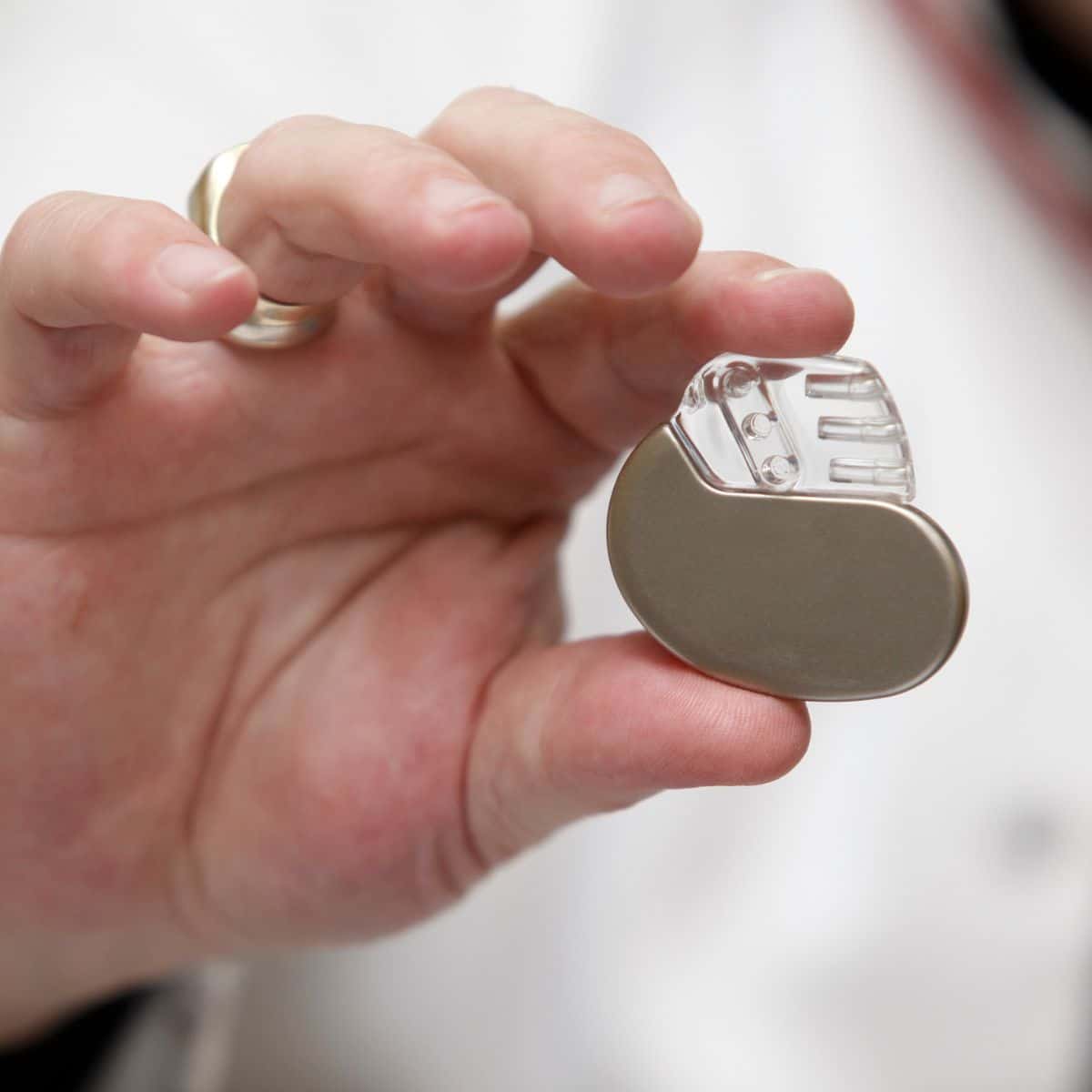
Cardiac Resynchronization Therapy (CRT)
A Cardiac Resynchronization Therapy (CRT) device senses and produces heartbeats in both the right and left sides of the lower chambers of the heart (ventricles), which allows the heart to pump in a more synchronized fashion. This reduces heart failure symptoms and increases the hearts pump function, over time.
The CRT device can be combined with an ICD, and this is called a CRT-D device. Your Advanced Heart Failure Cardiologist and Electrophysiologist will collaborate on the best device for you, and the optimal timing for implantation.
Mitraclip® / Triclip® / TAVR
As the heart enlarges, certain valves may not close properly. This is commonly seen with the mitral valve and tricuspid valves. Your Advanced HF Cardiologist will determine if/when referral for surgical valve repair/replacement are necessary or if percutaneous options such as the Mitraclip® or Triclip® are viable considerations.
There are certain situations whereby valvular abnormalities, such as Aortic Stenosis, can lead to heart failure. Your Advanced HF Cardiologist may also discuss with you options and beneficial timing for Aortic Valve surgical replacement or percutaneous options, such as TAVR (Transcatheter Aortic Valve Replacement).
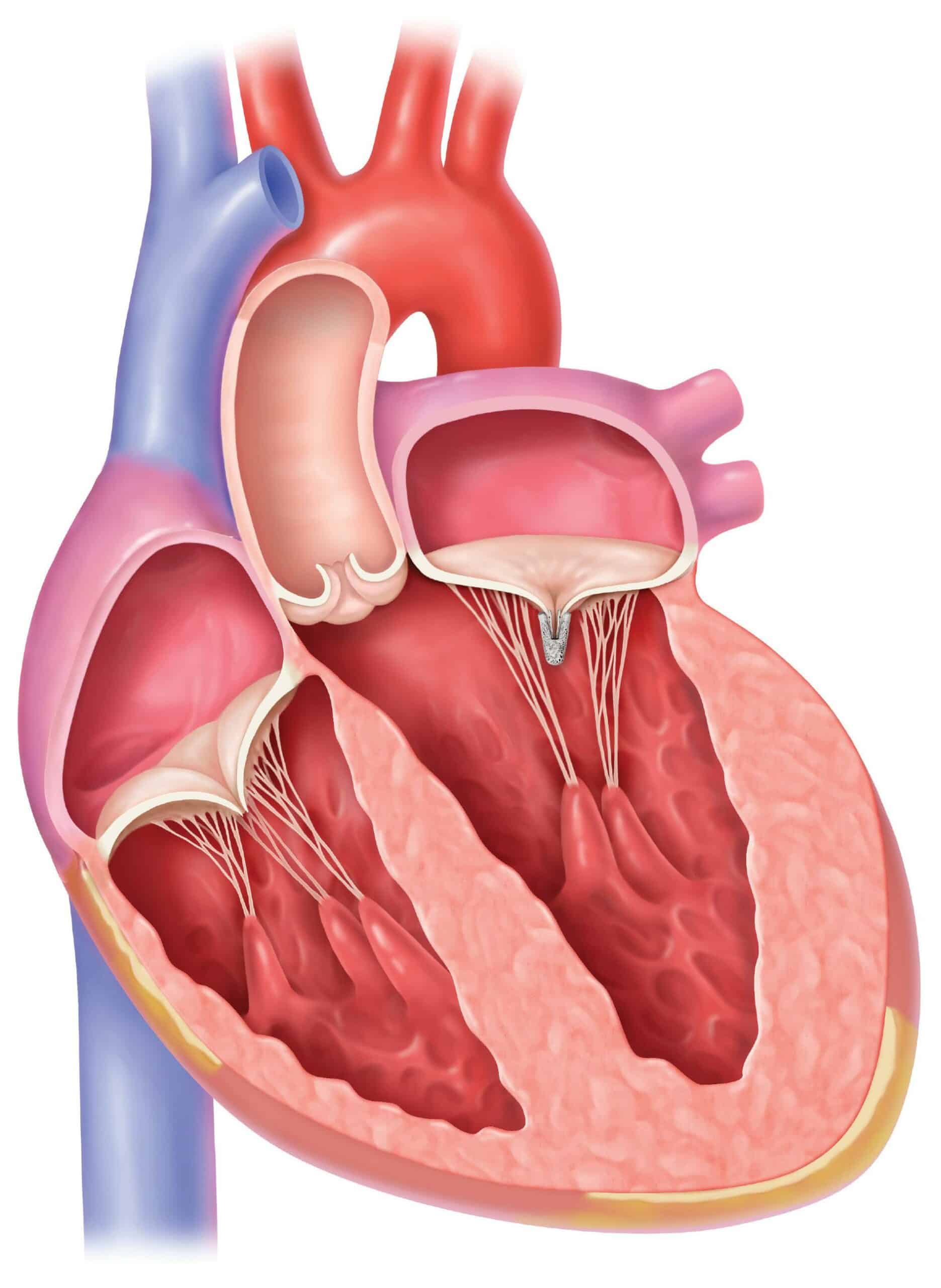

Left Ventricular Assist Device (LVAD)
A left ventricular assist device (LVAD) is for patients with end-stage heart failure, as either a means to bridge the delay while awaiting transplantation, or as a final (destination) therapy for those who are ineligible for cardiac transplantation.
A LVAD is a surgically implanted device that assists the lower chamber of the heart (left ventricle) in pumping blood to the rest of the body. By providing oxygen-rich blood to the vital organs, this will improve the function of the kidneys, liver, brain, and many other organs. A LVAD improves quality of life, as it improves symptoms of heart failure, which includes exercise intolerance, and symptoms of fatigue, shortness of breath, and leg swelling.
Cardiac Transplantation
Cardiac Transplantation is a limited resource, and may be offered to those with end stage heart failure, whereby the failing heart is replaced with a healthier donor heart. It is a valuable resource that can add to your quality of life and longevity. However, it is not a cure for heart failure, and replaces one set of issues for another set. Candidacy for cardiac transplantation must first be assessed by a panel of advanced heart failure cardiologists and surgeons, to deem eligibility.
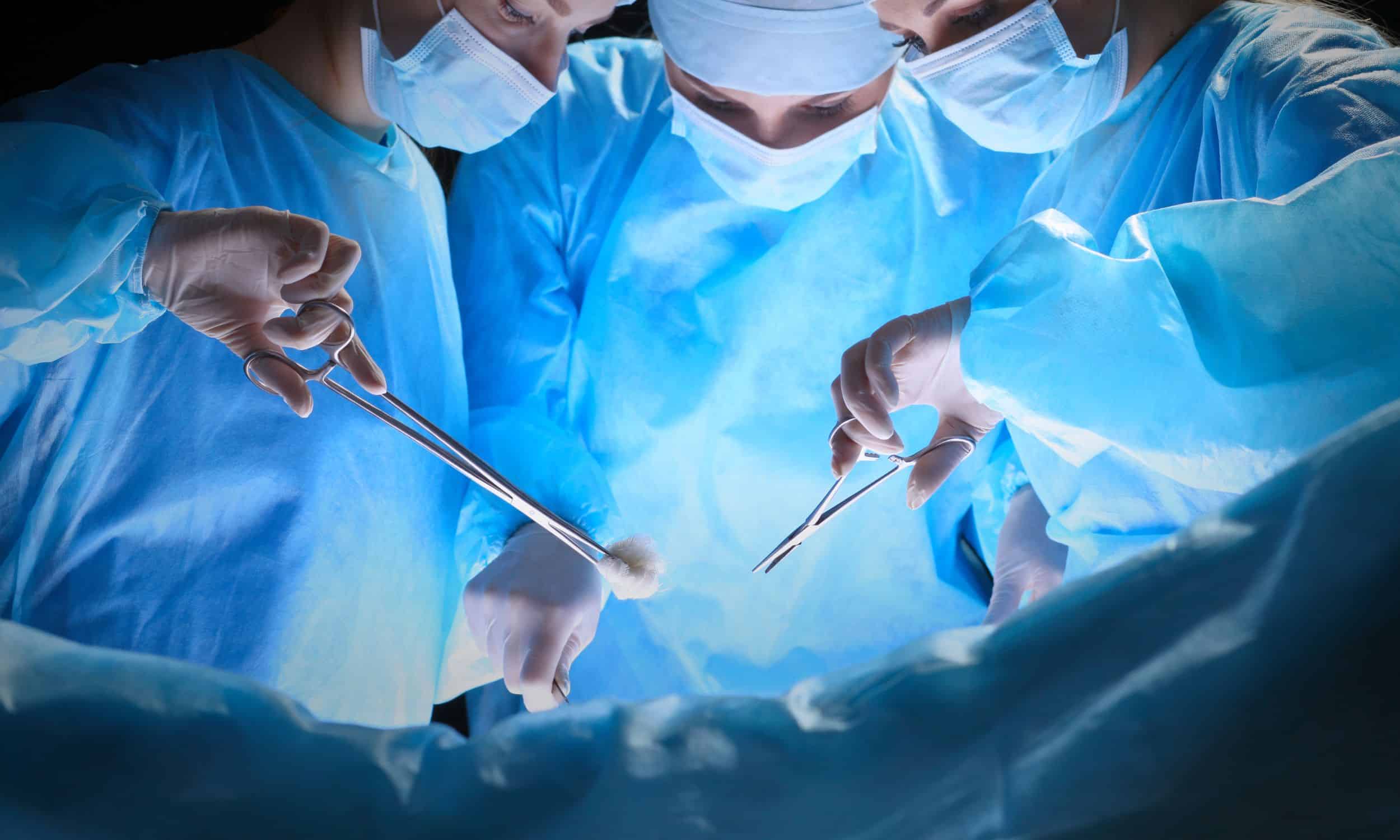
Still have a question about non-ischemic cardiomyopathy? Speak to your doctor about a referral to the Chahal Cardiovascular Centre for an Advanced Heart Failure consultation.